KNOWLEDGE DEV → new PKM methodology

Today we experience the paradigm shift in PKM:
Skeuomorphic paradigm → Computational paradigm
Skeuomorphism brings familiar real-world objects like notes, folders & stacks of papers into the digital world.
The new paradigm views knowledge differently: knowledge is fundamentally computable.
Meaning that knowledge can be represented as a set of formal structures & models.
These representations are flexible & fluid: you can seamlessly move between text, schema, chart, table, code, mindmap & so on...
Protocols & AI agents can utilize our knowledge as context in order to:
- Enrich
- Connect
- Brainstorm
- Discover
- Challenge
- Verify
and so on...
Many tools and apps already adopted this new paradigm. Yet PKM methods and frameworks are still clinging to a skeuomorphic analogous world.
The dominant language of the PKM community still revolves around fleeting notes, zettelcastens, commonplace books, Cornell notes and other skeuomorphic concepts. Those concepts give us warm and fuzzy feeling. Yet they are holding us back.
The paradigm shift requires us to rethink the whole approach to PKM & develop new methods from the first principles.
KNOWLEDGE DEV is my attempt to do so.
Keep in mind that it's a work in progress. But it’s already quite useful.
I want to share with you an alternative PKM “alphabet”: a set of concepts & mental models → integrated into principles & use cases.
They will offer you a different perspective on how you develop, process, enrich, compress & update your knowledge.
Let's dive into it!
Methodology
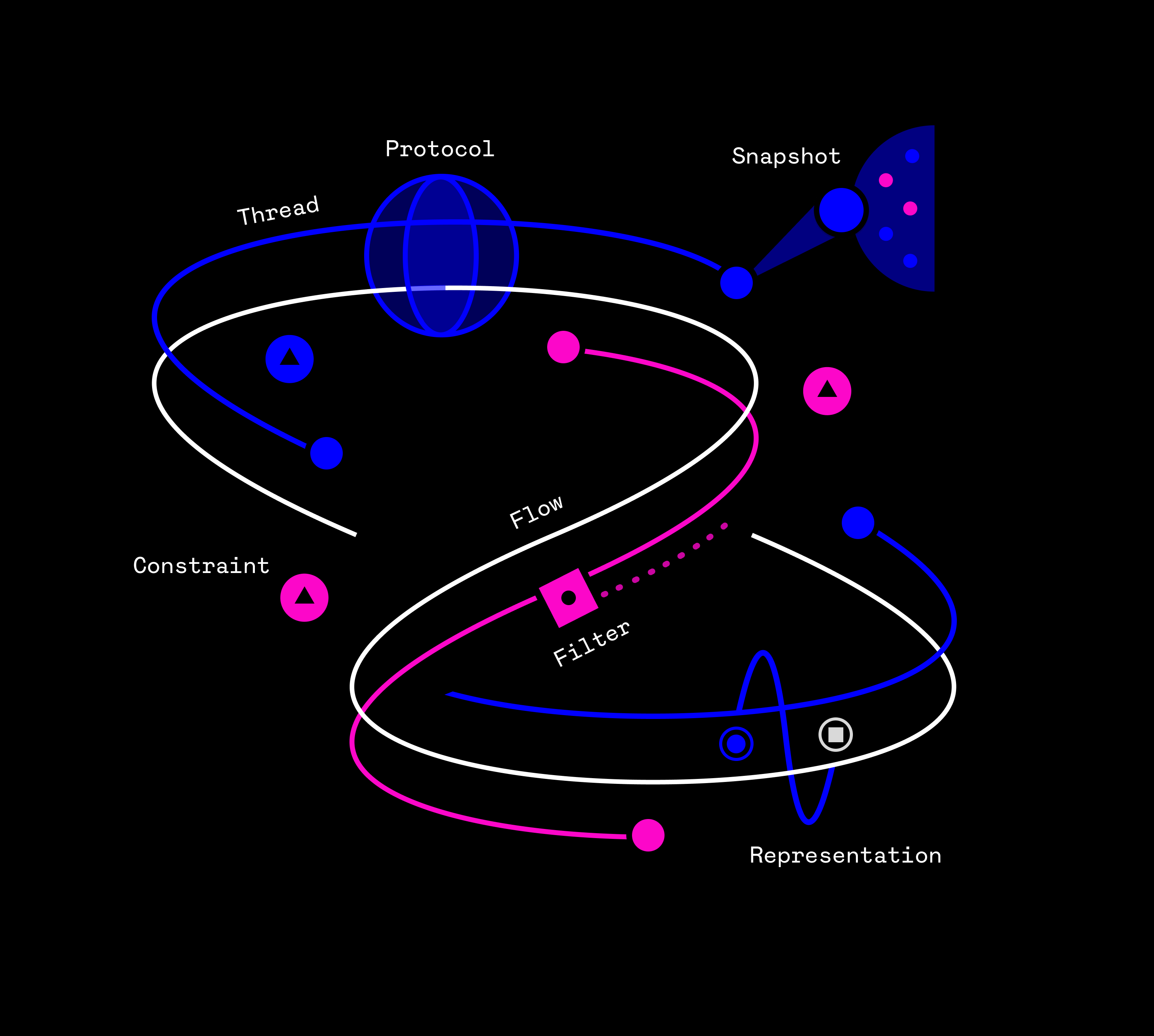
Brief
- Knowledge development = mapping the unknown space
- Your attention follows the flow
- Flow is never linear, it is guided by sense of direction
- Flow's geometry is shaped by attractors
- Flow computes multiple threads
- Constrains channel the flow & make it coherent
- Structures = set of constraints
- Filter is a specific type of constraint
- Part of the flow can be turned into a protocol
- Snapshots allow you to resume the game from where you left off
Now let's explore each of the concepts in detail.
Map
- KNOWLEDGE DEVELOPMENT = exploration of unknown space.
- Think of explored/unexplored map in a computer game as a metaphor.
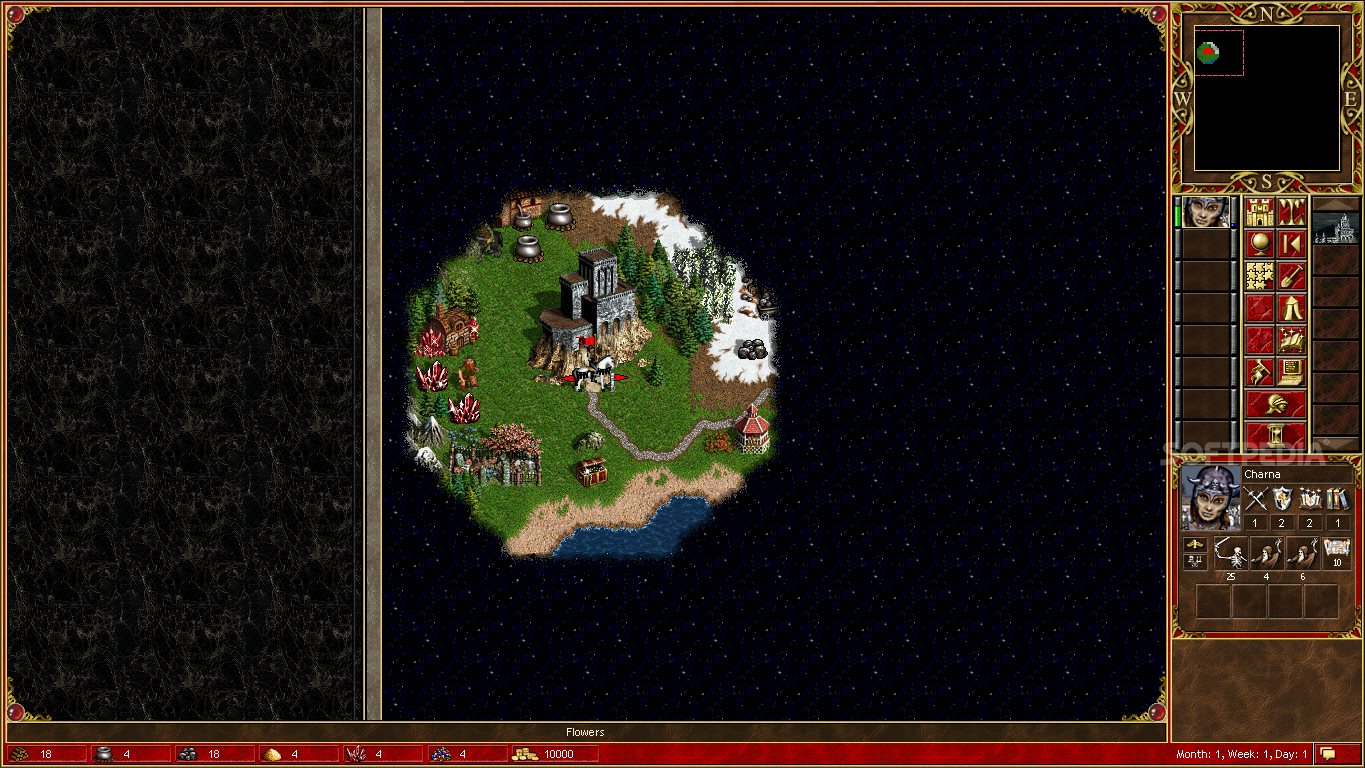
- Space exploration = mapping the unknown.
- You can get a rough map of what you are exploring beforehand.
Flow
- Your path through the map is your flow.
- Flow is never linear.
- Flow guides your attention.
- It provides continuity of states/mental moments & coherence.
Sense of direction
- Sense of direction guides your flow.
- Sense of direction is an ability to orient in space (even in an unfamiliar one).
- Ability to know our approximate location.
- The internal compass that helps us find the way around.
- Exploring the map we rely heavily on a sense of direction.
Attractor
- Attractor warps the geometry of the space of exploration.
- Flow reflects this geometry.
- Think of 2 activities: MAKING THE CASE vs. EXPLORATORY RESEARCH.
- MAKING THE CASE activity produces a point attractor.
- Space warps towards a single point.
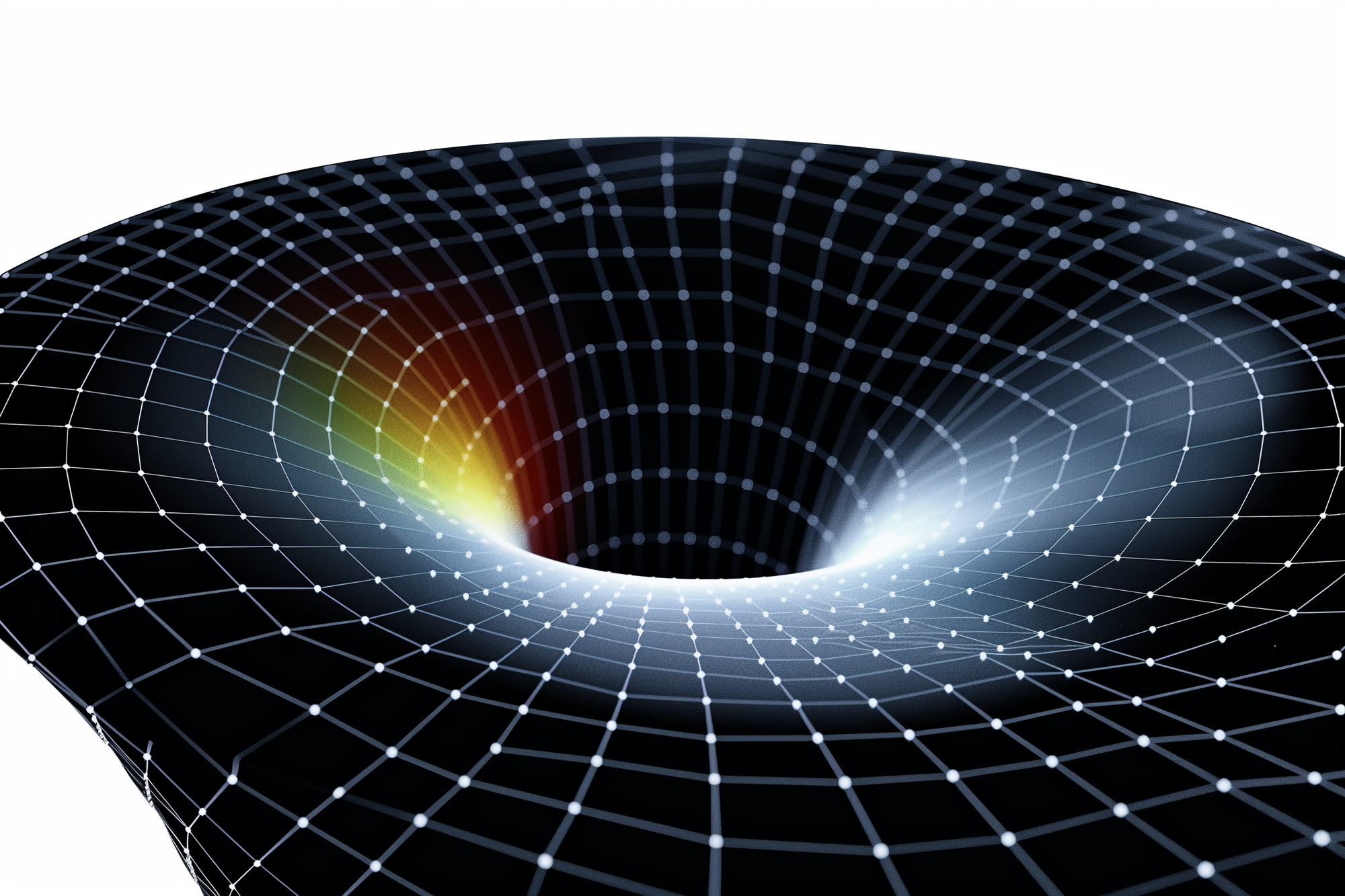
- EXPLORATORY RESEARCH space is less stable.
- Curiosity paired with a sense of direction can create more complex attractors.

- Attractors are influenced by your natural tendencies & skills.
- Goals & objectives can be viewed as attractors too.
- Sometimes when you experience a problem with PKM practice, you need to influence attractors, not the flow.
Thread
- Projects, domains, areas, ideas, concepts, cases can be represented as threads.
- Flow computes multiple threads.
- Threads [if synchronized] compound.
- For example: when I try to make sense of major geopolitical development, I compute:
- History of the 20th century
- Geopolitical scaffolding/ontology
- META: This method (I apply it → get feedback → make adjustments)
- You never work on a single project (thread)!
- AI can help you to compute part of the thread.
- Or sometimes even compute the whole thread it by itself.
Constraint
- Constraints stabilize your flow. They keep it coherent.
- They allow you not to dissipate energy & keep the focus by reducing the range of possible future states.
- We often see constraints as limitations or restrictions.
- It's not true for enabling constraints.
- Enabling constraints facilitate our actions within a system.
- They enable certain behaviors & thinking patterns to emerge.
- For example: taboos & laws allow society to prosper. They are enabling constraints.
- Constraints are channeling, structuring & facilitating your flow
- They are particularly important in complex environments, where a variety of options and ways to do things is overwhelming.
- Enabling constraints help us to design the right environment for the space we are exploring.
Structure
- Structures = set of constraints.
- Structures impose organization upon space.
- It reduces fragmentation and chaos.
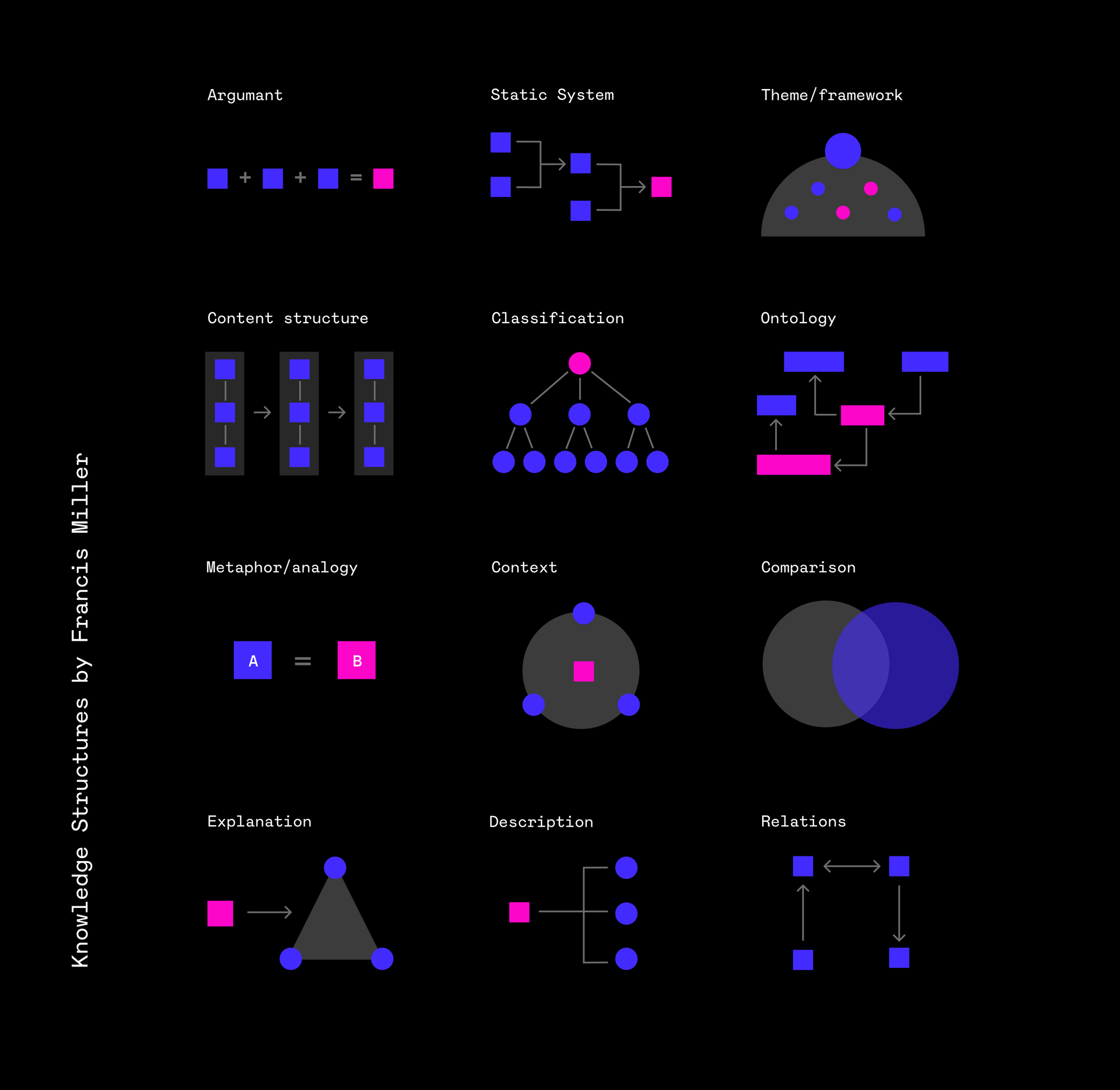
Think of any framework: it introduces the set of constraints & give you the space within to operate.
Here you can learn more about structures:
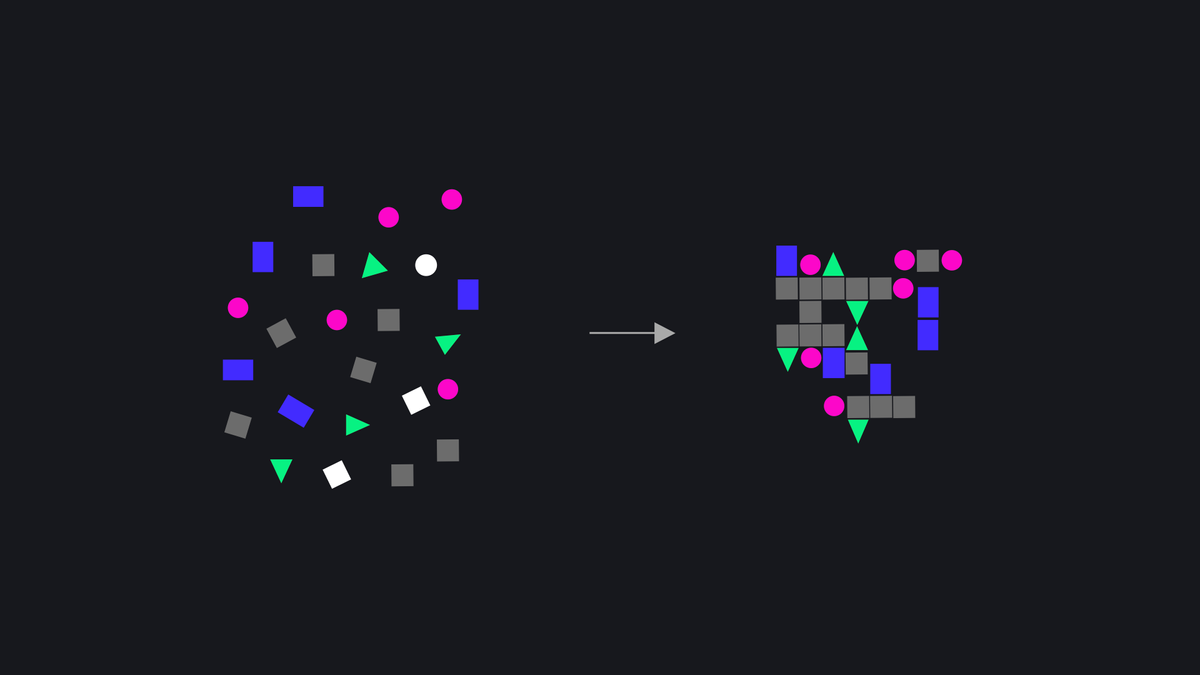
Representation
- Representation is the way to view & store your knowledge/information.
- You can put information in a simple markdown file.
- And get many representations just by opening it in different apps.
- Or use LLMs to reformat from linear text into a mind map/diagram (see Mermaid).
- Changing representations allows you to get a new perspective & flow more efficiently.
Protocol
- Protocol makes part of the flow repeatable.
- Protocols shape space & time.
- They aim to produce a consistent output.
- Example of social protocol: ritual.
- Examples of protocols in PKM:
- A well-written prompt / CustomGPT
- Readwise export
- Factor analysis
- A protocol may be built on top of structures & constraints.
Filter
- Filter is a specific type of constraint.
- It allows you to manage your attention.

- Filters are inherent parts of filtering protocols.
- Filtering protocols are essential part of a well-designed PKM system.
- Good filtering protocols maximize signal & reduce noise.
- Signal: something that you find useful, resonating, and meaningful.
- Filters are the ultimate tools to manage information overload.
Snapshot
- Snapshot allows you to save the current state of the thread.
- Think of it as SAVE button in a video game.
Storage is cheaper than compute
— Cortex Futura
- Snapshot allows you to hit the pause in your compute, go to sleep, and then go back to the state you left.
- The things we usually call "notes" can be viewed as a set of snapshots.
- The 2 key characteristics of the snapshots are:
- Level of compression
- Level of granularity
- Compression: distill complex ideas & concepts into concise & highly meaningful sentences/phrases/words/visuals.
- Compressing requires you to deeply understand the core idea, extracting the essentials & regularities.
- Granularity: a snapshot consists of distinct blocks: bullet points, headings, paragraphs and so on.
- Snapshots need to be easily scannable.
- Blocks of information can be easily rearranged, mixed, and matched as we compute our flow further.
How to apply this?
I encourage you to think about your PKM system in these terms.
- What space are you currently mapping?
- What are your threads & attractors?
- What constraints do you apply?
- What protocols might be helpful?
- What filters are you lacking?
- How compressed are your snapshots?
This is just a first step. I will keep updating this page as KNOWLEDGE DEV evolves.
SO... Join me and be a part of computational revolution in PKM🚀
ABOUT THE AUTHOR
Andrew Altshuler is a researcher & educator.
He started his PKM journey 16 years ago.
Since then, he become obsessed with knowledge systems & tools for thought.
Andrew is:
- Co-founder of Collider
- Tana Navigator
- Creator of Advanced Knowledge Systems in Tana course
